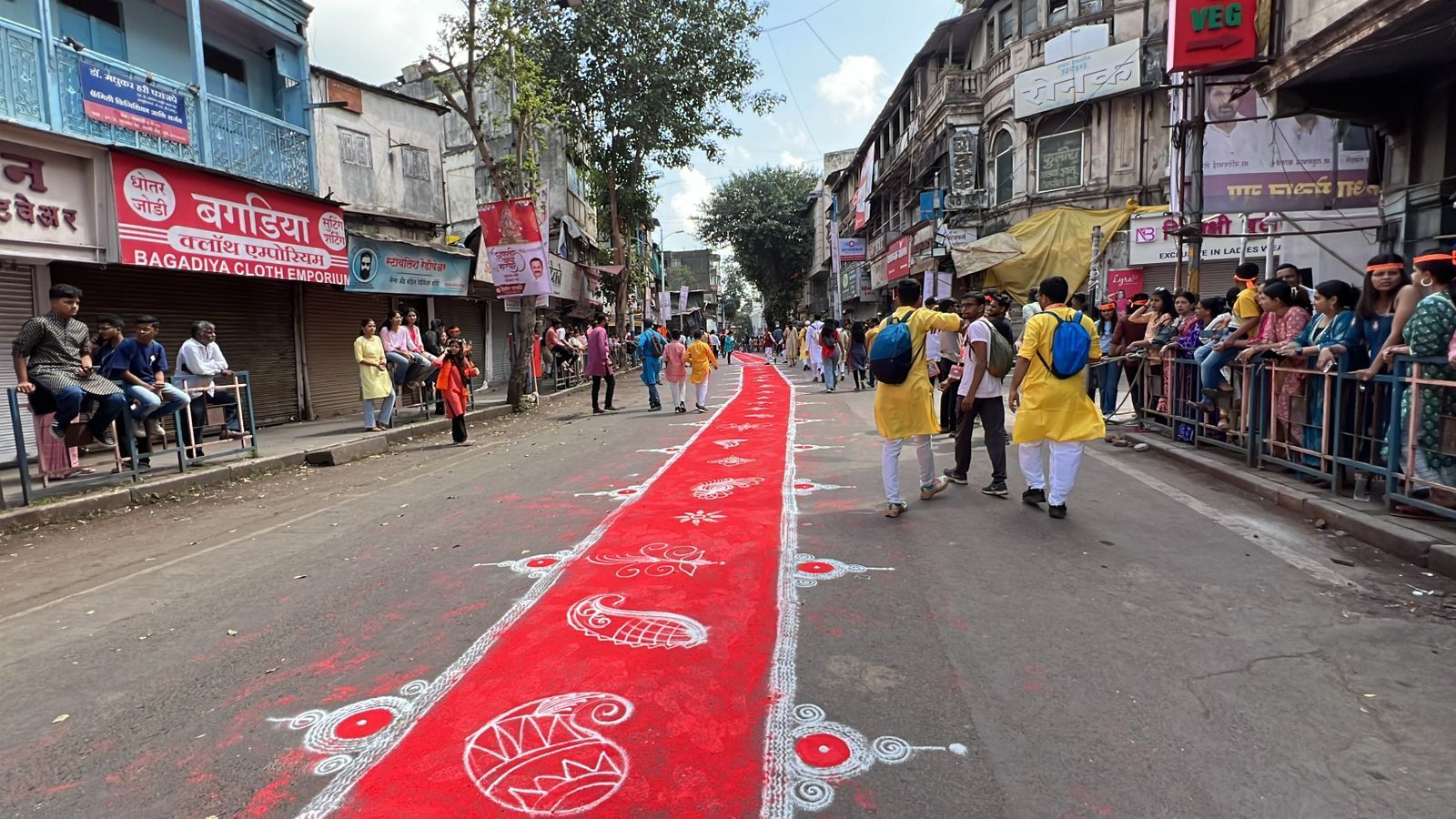Garima Sharma, Pune
This year’s Ganesh Chaturthi celebration has witnessed a shift towards sustainable and eco-friendly idols. The Kasba Ganpati, the first Manache Ganpati, has been sculpted by Abhijit Dhondphale, a sculptor based in Pune, with an eco-friendly mixture called ‘Ravindra’ which is composed of alluvial soil, clay and rice bran.
According to Dhondphale, the idols made with this mixture dissolve in water within 30-45 minutes and the environment remains unharmed. Through this initiative he has promoted sustainable options for Ganesh Chaturthi celebrations. Other than reduced impact on the environment, that is associated with idols made with traditional Plaster of Paris (POP), this innovative formulation also results in more biodegradable and light creations.
Every year, during Ganeshotsav, one of the major concerns is massive pollution from conventional idols made of Plaster of Paris and toxic chemical colours. According to the reports of last year shared by the Maharashtra Pollution Control Board (MPCB), it shows that, from 2019-2023, the water pollution in the rivers of Pune and Pimpri Chinchwad rose dangerously during the festival.
But the patented mixture created by Dhondphale aims to address this growing concern. His mixture has undergone rigorous testing and its usage emphasises environmental safety and preserving nature while celebrating cultural traditions.
Abhijeet Dhondphale’s eco-friendly initiative is getting recognition all across Pune and other artisans and organisations are becoming motivated as they adopt sustainable practices. For example, O My Ganesha and eCoexist are known for their handcrafted idols made from clay and cow dung, etc. These decompose easily and do not cause water pollution.
As per the sources, veteran sculptor Yogesh Bhide also shares that his family has been crafting idols since years and now they are focusing on creating environmentally-friendly crafts to make idols in today’s context. This shift towards sustainable and eco-friendly creations defines cultural evolution where devotion and environmental safety go hand-in-hand.
Inspired by Dhondphale, devotees were also encouraged to opt for sustainable options for their Ganesh Chaturthi celebration. As this year’s Ganpati celebration comes to an end, people have become more aware of and inspired by the ecological consequences of traditional idols and there has been an increase in the demand for eco-friendly alternatives. This has resulted in not only a traditional celebration, but also evidence of the responsibility of each individual towards the environment.
Pune has embraced this green movement and has inspired other cities. This movement shows how cultural heritage can evolve without compromising the health of our planet.
